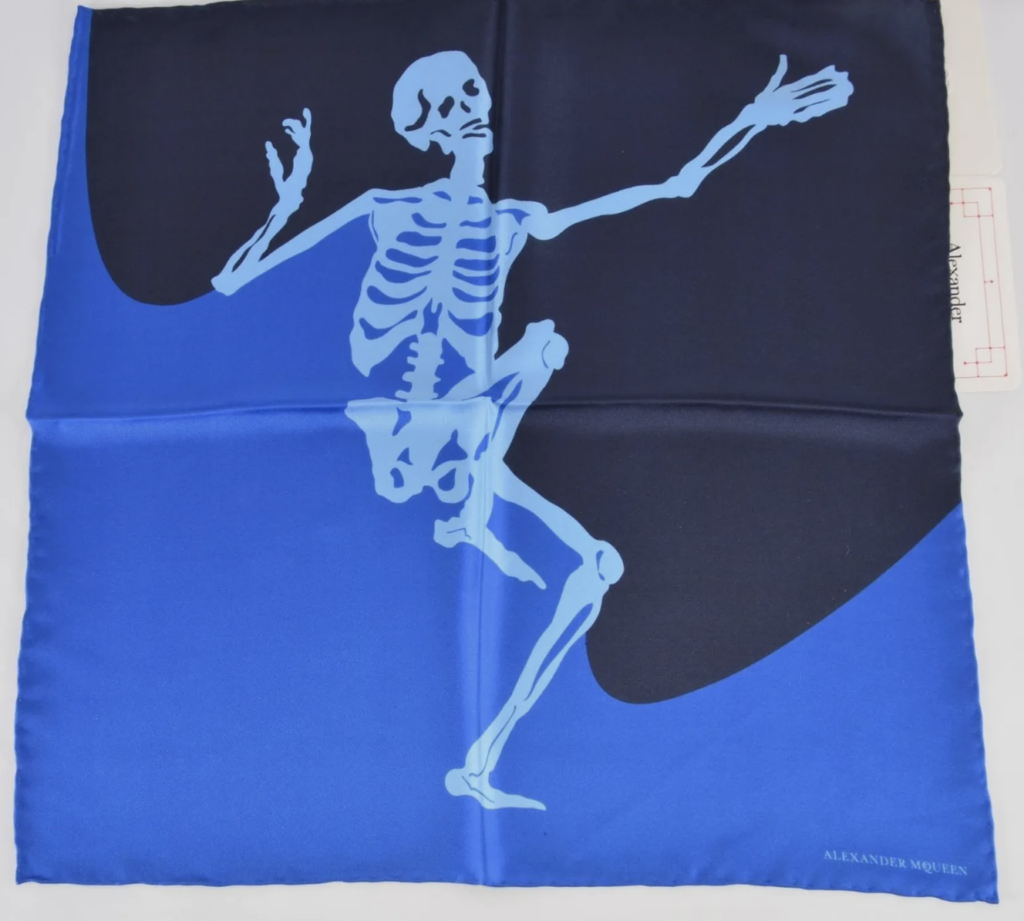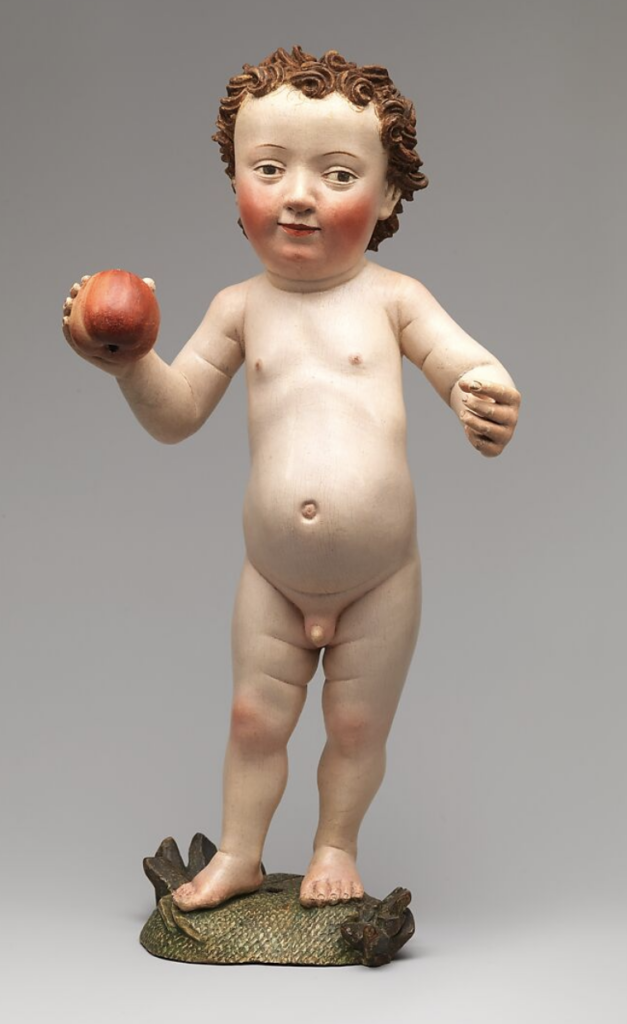the description of the changing months at the beginning of The Juniper Tree (Brothers Grimm) is beautiful. “a month went by, and the snow was gone…and two months, and everything was green.” Juniper is there, at the conception, and then during the second and third trimesters. the mother-to-be eats the berries “greedily”, then grows “sick and sorrowful”. i think anyone who ate too many juniper berries would feel sick. they stimulate the uterus, and are considered abortifacients (even allopathic medicine agrees, in American Family Physician, Over-the-Counter Medications in Pregnancy 2014.) i wonder if this tale has encoded this information as a warning for pregnant women.
key objects or non-human beings include Juniper, a chest, apples, bones, a stew or black pudding, a silk scarf, a bird that emerges from the misty fire of Juniper, a golden chain, red shoes, a millstone.

where would little Marlene get a silk scarf from? are parts of this story from Asia? wrapping bones in cloth appears on other old myths and tales. a magical shroud.
and is the fire-bird that emerges from Juniper a tree-god of some sort? one way i think about it is that the actions of the tree are one with the spirit of the mother of the boy, but i feel in my bones that Juniper is more than the spirit of one woman. it is as if the boy were the son of Juniper, through the body of woman. it was beneath the Juniper that the first woman in the story becomes aware of her pregnancy. what kind of child is a Juniper-child? plenty of energy, enough to cross from the living to the dead and back again. eaten and re-born.
we begin with a couple, then a family, which becomes a stepfamily, and the story ends with a return to a new version of the original family. no-one has a name except Marlene. we have a shoemaker, a goldsmith, miller’s apprentices, a maid, a journeyman, mention of extended family, a wife. no one is named. Marlene itself a blend of Maria: Greek, “high tower”, “child of light”; and Magdalene: ”woman of Magdala”, OR… an honorific from Hebrew and Aramaic roots meaning “tower-ess” or “the magnified one” (Journal of Biblical Literature, The Meaning of “Magdalene”: A Review of Literary Evidence, 2021). chills! Marlene certainly seems to be elevated or blessed with the power to initiate, she helps her dead half-brother transform or connect to a supernatural bird (another elevated being, singing from on high).

Circle of Michel Erhart German ca. 1470–80
key actions include eating, singing, weeping, and working (at the smithy, the mill, the cobbler’s shop). eating in particular interests me in this story. the mother of the boy wished for a child while eating an apple. Marlene wants to eat an apple, but it is snatched away by her mother, who snaps “You shall not have one before your brother.” it’s like and unlike Adam and Eve. in both tales, there is a death resulting from eating the apple. Adam and Eve gain wisdom but must suffer and die as the price. brother gets his apple but literally loses his head for it. an apple is offered to the Christ-child in paintings in the middle ages, sometimes from his mother Mary (as if offering her breast, it seems to me). Christ will redeem us from death, and allow our spirits to rise from the dead and join Him in Heaven, if we choose to follow him in earthly life. father eats the son-stew, perfectly salted with Marlene’s weeping (Juniper berries are a nice addition to stew, by the way, a very Roman spice), and Marlene won’t touch dinner, obviously. cries harder. the final scene has the new-old family returning home, hand in hand, and sitting down to a meal together. a meal is life, a meal is the will to continue. what happens when we suck the life out of something—a relationship, a job, a journey—until we are left with nothing but its bones? i don’t think most of us have the juju to revive this sad, spent state. it takes otherwordly beauty, song (prayer?), craftsmanship or skill (gold chain, red shoes), and a willingness to mete out just punishment (death by millstone).
three times the bird alights on a roof and sings, only once on a Linden tree, in front of the mill. while the Juniper’s symbolism crosses between light and dark, the Linden seems to be mainly positive. in Germanic tribes especially, Linden is linked to truth and justice. it was said that you could not tell falsehoods beneath a Linden tree. Juniper wood or its smoke heals, protects, purifies, wards off evil. its wood could be used in funeral pyres.